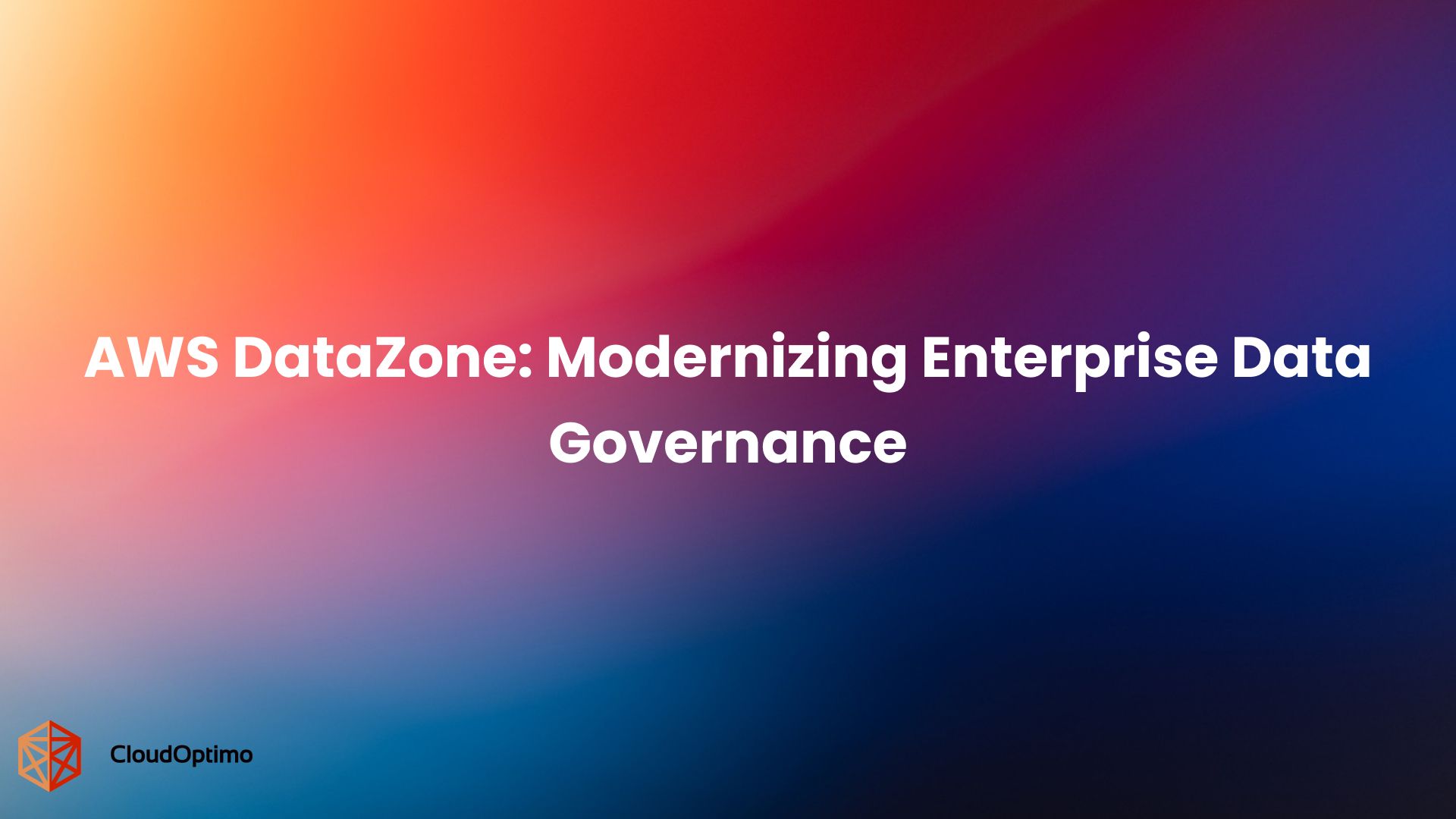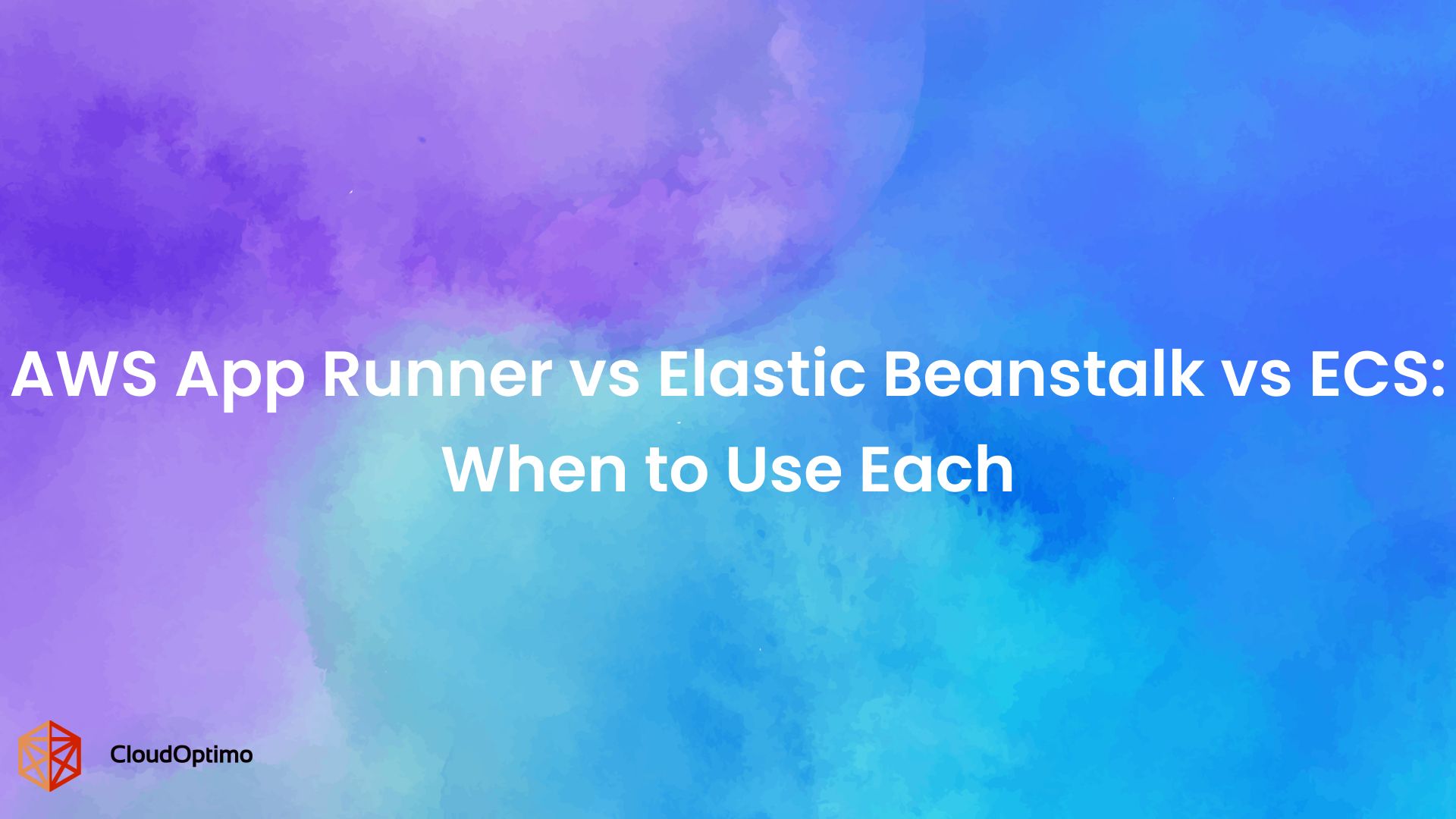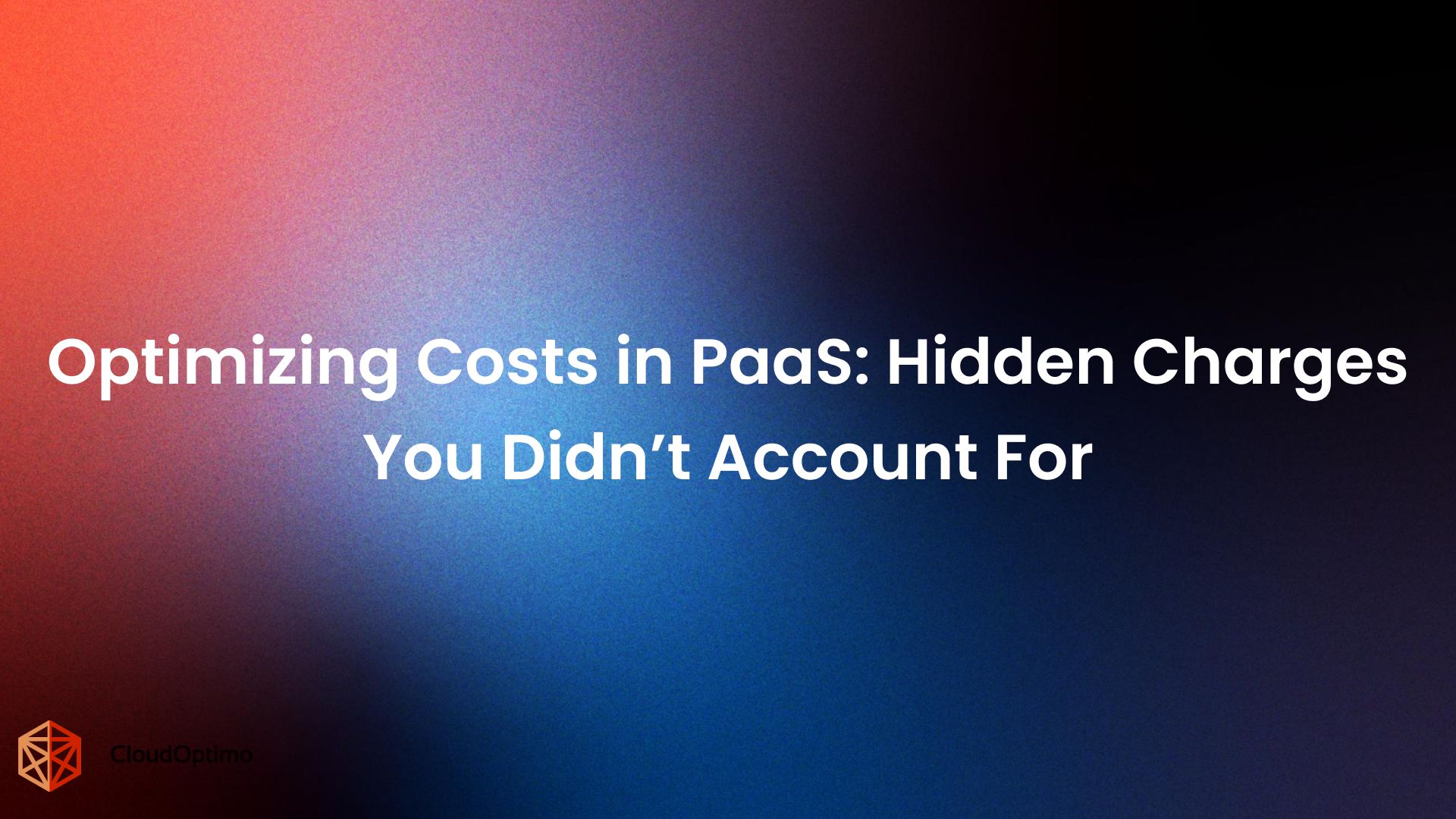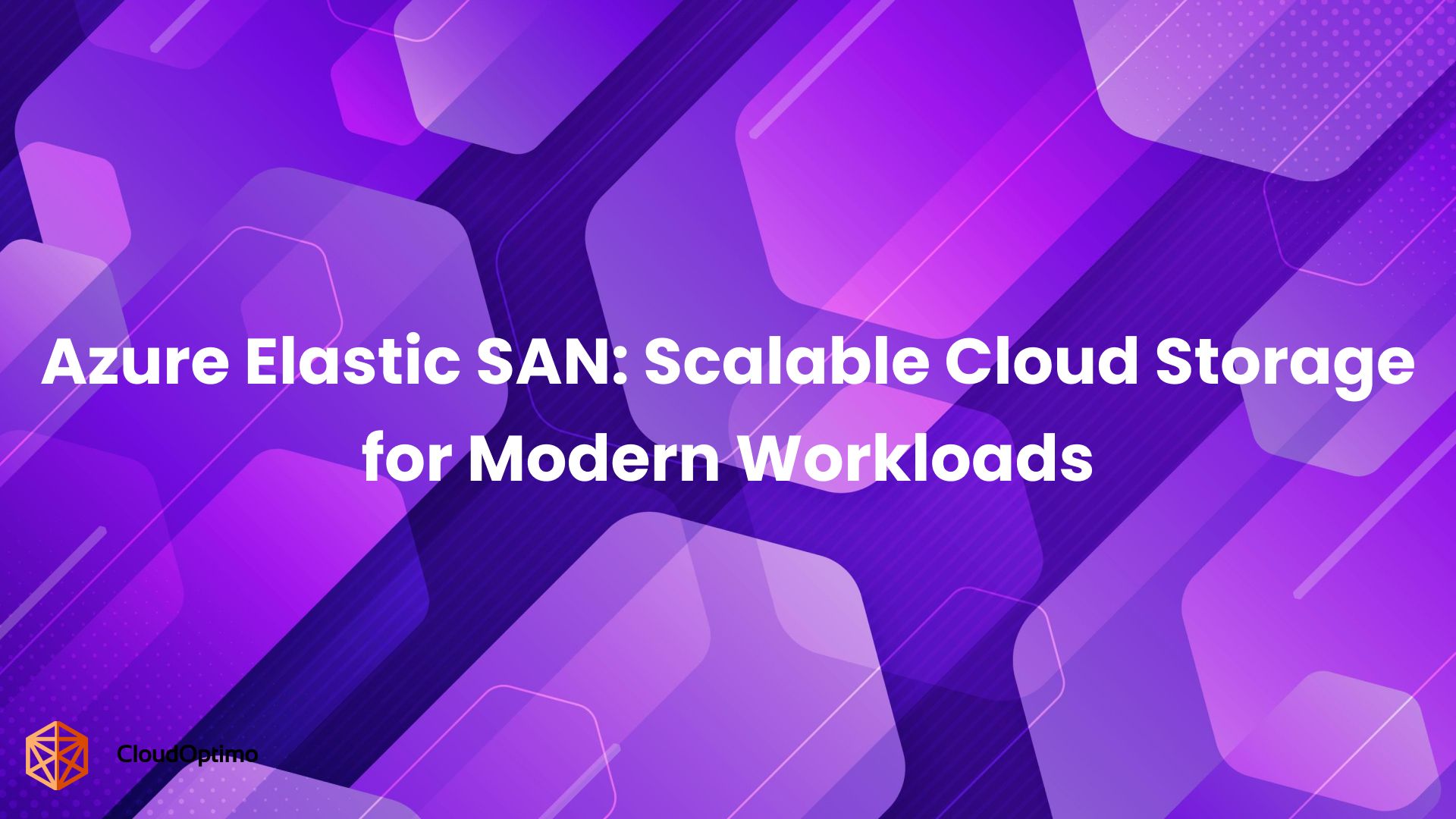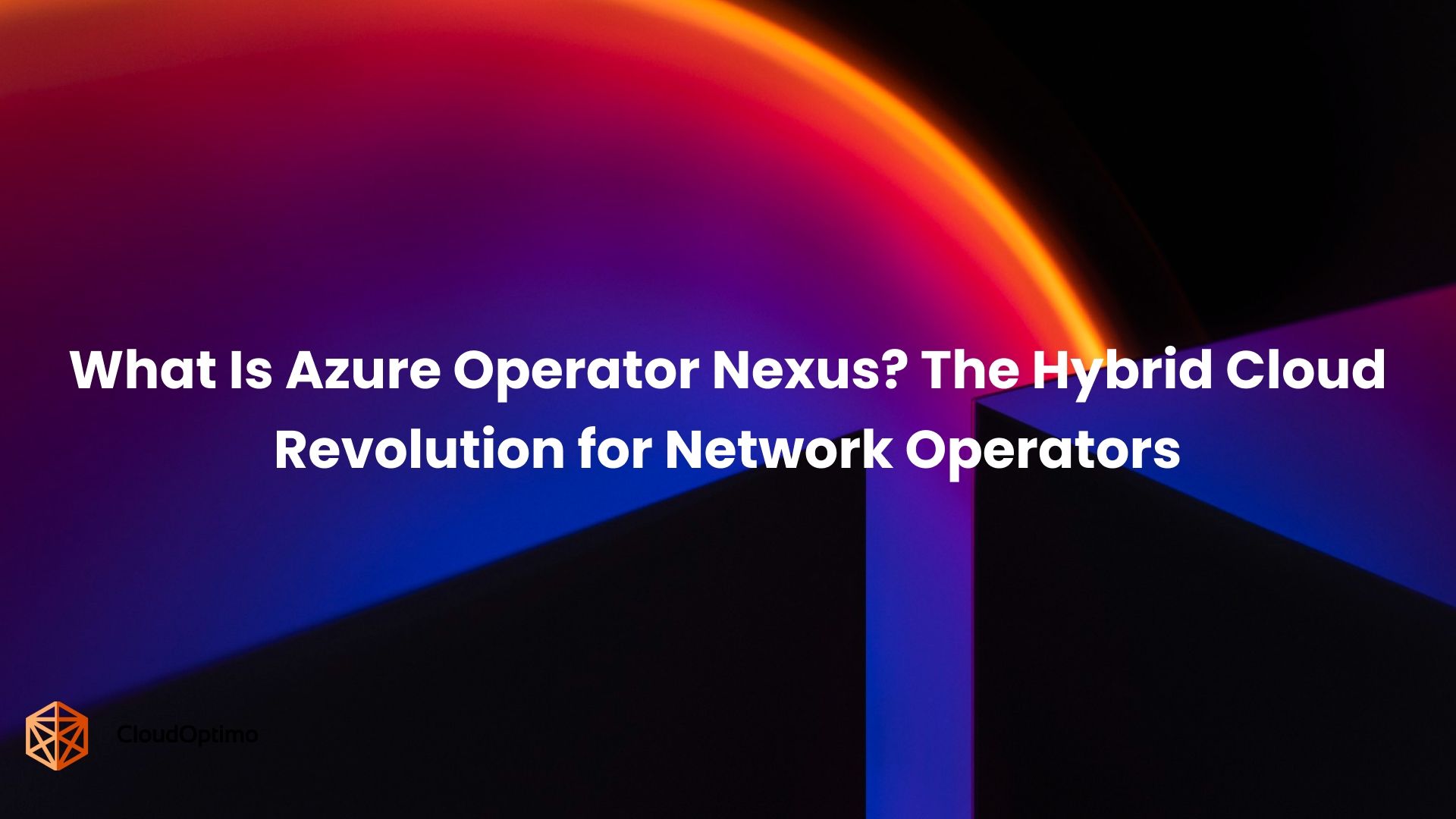Each team within a multi-team environment, whether engineering, data, marketing, or product, gains autonomy to choose its own tools, services, and infrastructure. But this independence comes with a hidden cost: fragmented decisions that quietly drive up overall cloud spend.
What begins as a flexible operating model can quickly turn into a financial burden, one that's hard to trace, harder to optimize, and nearly impossible to manage reactively.
A fintech startup discovered three teams were running identical PostgreSQL instances, each configured differently but serving similar functions. An e-commerce company found that its staging environments were consuming more resources than production systems. A media company realized five different teams had provisioned separate machine learning platforms, each optimized for their specific use case, but creating massive overlap in infrastructure costs.
These scenarios show how team autonomy, while beneficial for delivery speed, can create unexpected financial consequences.
Managing cloud spend in this context requires more than monitoring invoices. It requires clarity on how decisions are made, how resources are shared, and how accountability is maintained across teams.
Autonomy Without Alignment
Team-level autonomy is a core principle in modern engineering and operations. It enables faster decisions, better ownership, and direct control over cloud infrastructure. But in multi-team organizations, autonomy without alignment often leads to cost sprawl.
Each team may select different services to solve similar problems, choose varied performance tiers, or operate under distinct deployment schedules. These decisions are locally optimized, but inconsistent. Over time, this leads to duplicated infrastructure, incompatible pricing models, and missed opportunities for integration.
Initially healthy distribution of resources can lead to decreased cost clarity, complicating the analysis, benchmarking, and forecasting of spending across teams. This challenge intensifies when cloud usage patterns evolve rapidly.
Evolving Usage, Expanding Complexity
The types of workloads deployed across teams have changed. Generative AI, real-time analytics, and event-driven architectures are no longer limited to R&D or platform teams. Business functions from marketing to operations now rely on cloud-native, data-intensive workloads as part of daily operations.
Each of these workloads introduces new variables: larger data volumes, burstable compute, specialized infrastructure, or complex pipelines. These variables make cost behavior harder to predict, especially when teams adopt emerging tools independently.
In a multi-team setup, even subtle shifts in workload architecture or resource selection can scale into major cost drivers, particularly when visibility and coordination are limited.
Addressing this growing complexity starts with structural clarity.
Distributed Decisions, Disconnected Outcomes
Cloud costs reflect actual usage decisions, not just budgets or plans. When teams operate in silos, patterns emerge that are difficult to reverse: over-provisioning for convenience, retaining unused data, or relying on expensive services for minor performance gains.
These choices, often made for good local reasons, contribute to disconnected outcomes at the organizational level. Storage configurations, networking patterns, and provisioning strategies vary so widely that central cost management becomes reactive rather than strategic.
More critically, without shared insight into trade-offs, teams can’t calibrate against each other. There’s no common understanding of what’s considered efficient, necessary, or excessive.
Tackling this fragmentation doesn’t require centralization; it requires shared frameworks.
Fragmented Costs in Multi-Team Environments
The following patterns illustrate how fragmented provisioning and practices drive costs and reduce visibility.
Independent Provisioning and Duplicated Infrastructure
Teams often create their versions of development, staging, or testing environments, as well as databases and monitoring systems. While this accelerates local work, it leads to duplicated resources that increase overall cloud costs. Readers can assess whether multiple teams are running similar workloads in isolation and identify opportunities to consolidate without slowing delivery.
Repeated provisioning also makes forecasting and budgeting difficult. Without clear visibility, leadership may underestimate true costs or fail to identify high-cost areas. Recognizing where teams independently duplicate infrastructure is the first step toward controlling costs at scale.
Inconsistent Tagging, Ownership, and Untracked Services
Cloud spend analysis depends on clear tagging and defined ownership. When teams tag resources differently, by project, environment, or cost center, it becomes challenging to measure and compare costs. Similarly, informal ownership of resources creates blind spots, especially when teams reorganize or staff leave.
Untracked services further amplify this problem. Tools or APIs adopted outside approved channels can quietly grow into significant costs. Readers should audit which services are being provisioned independently and evaluate whether these are necessary or could be integrated into shared platforms.
By examining patterns of duplication, inconsistent tagging, and untracked services, organizations can pinpoint specific behaviors driving excess spend, rather than just treating costs as abstract or inevitable. Understanding these patterns creates a foundation for governance strategies that balance team autonomy with organizational accountability.
Where Accountability and Visibility Break Down?
The biggest challenge in multi-team cloud cost management isn't finding the right tools or technologies; it's getting people to act on the information they already have.
Most organizations create detailed cost dashboards and comprehensive reports, expecting that this visibility alone will drive better spending decisions. But teams often receive these reports month after month without changing how they operate. The problem isn't a lack of information; it's the gap between seeing costs and knowing what to do about them.
The Gap Between Roles
This gap widens in multi-team environments where responsibility gets diffused. Engineering teams understand how to optimize infrastructure, but may not know which performance trade-offs the business can accept. Product teams can evaluate business value but struggle to assess whether a technically complex solution is worth its cost. Finance teams see spending patterns but lack the context to guide technical decisions.
When projects end or teams reorganize, resources often lose clear ownership entirely. These orphaned systems continue running and generating costs, but no one feels responsible for optimizing or shutting them down. The original project team has moved on, and the new team assumes someone else is handling it.
Without clear ownership tied to decision-making authority, cost information becomes just another report to ignore rather than a signal for action.
Turning Insights into Action
The challenges above reveal a consistent pattern: teams operate with good intentions but limited coordination. Engineering may lack the business view, finance lacks technical insight, and product lacks awareness of infrastructure cost trade-offs. Without aligned structures and shared accountability, even the best visibility tools cannot prevent cost inefficiencies.
Addressing this requires not just data, but clear, consistent ways for teams to act on that data.
Establishing Common Practices Across Teams
Effective cost management in multi-team environments depends on lightweight, adaptable practices that support both autonomy and alignment. These include:
- Baseline standards for provisioning, storage, and scaling
- Shared tagging structures to improve visibility across workloads
- Cost-aware design reviews as part of existing delivery pipelines
- Automated reporting tied to team-level accountability
The goal isn’t to restrict decisions, but to surface them early and consistently — enabling better trade-offs, fewer surprises, and more predictable spend patterns across the organization.
Governance Models for Multi-Team Cloud Spend
Cloud governance is not only about setting rules for resource usage; it is about shaping how decisions are made across teams. The right model balances consistency, visibility, and speed, and each approach has distinct trade-offs.
Centralized Control
In a centralized model, a single function defines policies for provisioning, sizing, and approvals. This ensures uniform practices, predictable costs, and stronger leverage with vendors. It also reduces the likelihood of duplicate or misconfigured resources. The drawback is that teams lose some agility. Approvals can introduce delays, and rigid processes may discourage experimentation or lead to workarounds that undermine governance altogether.
Collective Ownership
A federated model distributes responsibility to individual teams within defined boundaries. Teams make their own provisioning choices, typically guided by budgets, approved service types, and shared reporting standards. This preserves flexibility and allows teams to optimize for the specific needs of their workloads. But without strong coordination, local optimizations can conflict with organizational goals, resulting in fragmented cost outcomes.
Hybrid Approaches
Most organizations settle on a hybrid model, combining centralized oversight with team-level autonomy. High-risk or high-cost resources, such as GPU clusters or large databases, often require central review, while everyday compute and storage remain under team control. This tiered approach gives organizations the ability to contain large risks without slowing down routine delivery. The key challenge is drawing clear boundaries: if teams are uncertain about where authority lies, costs rise through either duplication or delay.
What Matters Most
The effectiveness of any governance model depends less on its structure and more on how well boundaries and responsibilities are defined. Models succeed when they provide clarity: which decisions belong to teams, which require coordination, and how costs will be monitored. Without this clarity, even the best-designed model leads to friction, inefficiency, and unpredictable spend.
Strategic Practices for Controlling Multi-Team Cloud Spend
- Define Purpose-Driven Budgets
Budgets make spending transparent, but only when they reflect real business needs, not just past costs. Teams working on revenue-generating offerings may require larger budgets than those building internal tools or prototypes. Importantly, budgets should include both regular operations and capacity for experimentation so teams can invest in efficiency or automation without being penalized.
Teams should see their spending in context. Reporting tools should clearly show when spend aligns with business value, when underuse means lost opportunity, and when overspend may signal a need for optimization.
- Embed Cost Visibility into Planning and Execution
Cost outcomes matter as much as technical outcomes. Planning includes not just feature analysis, but also cost thinking: comparing approaches, estimating long-term expenses, and planning for maintenance or scaling.
After deployment, teams should use real usage data to validate assumptions. When actual costs diverge from forecasts, teams learn which choices were beneficial and which weren’t. This feedback loop fosters better cost awareness and smarter choices over time.
- Use Cost Models That Reward Accountability
Cost visibility drives behavior, but only when teams understand the consequences of their choices.
- Chargeback: Allocates actual costs back to teams, making the impact visible. This can motivate careful decision-making, but may deter bold investments if not designed with nuance.
- Showback: Shares cost data without billing. It raises awareness and prompts review, without changing budget dynamics immediately.
Both models work best when tied to clear performance expectations. Teams need to understand what costs are acceptable and why.
- Establish Shared Guardrails with Local Adaptation
Cost policies don’t need to block autonomy; they should guide it. Define baseline standards like tagging formats, review thresholds for high-cost services, or reporting practices without prescribing every rollout detail.
Teams can adapt these standards to their own context, choosing tools and configurations that work for them, while staying within an agreed framework. Early-stage organizations may favor stricter guardrails, while mature ones can allow more flexibility, stepping in only when high-cost or high-risk patterns emerge.
Embedding Cost Awareness Into Team Culture
Cloud cost control becomes effective when it's built into how teams operate—not handled by a single team or added as an afterthought. In multi-team environments, cost awareness must be embedded into daily practices, so it scales alongside delivery speed and system reliability.
Making Cost a Shared Responsibility
Teams that manage their infrastructure are well-positioned to identify cost inefficiencies. Engineers working on services often recognize underutilized resources, inefficient usage patterns, or unnecessary components before those issues show up in central dashboards. To act on these insights, organizations should create lightweight reporting channels, enable direct ownership over optimization actions, and integrate cost reviews into team-level retrospectives or planning cycles.
Accountability improves when cost ownership is clear. When team members see that cost efficiency is valued alongside service availability or time-to-market, they are more likely to prioritize it as part of their delivery responsibility not as a separate concern.
Leadership's Role in Balancing Trade-Offs
Engineering decisions frequently involve trade-offs between performance, delivery speed, and operational cost. Leadership plays a critical role in establishing how these priorities should be balanced across different contexts.
Rather than enforcing prescriptive cost controls, leadership can enable alignment through clear guidance, escalation paths, and shared principles. For example, teams working on external products may prioritize responsiveness, while internal tooling teams may operate under stricter cost constraints. This strategic framing helps teams make localized decisions without causing unintended cost increases elsewhere in the organization.
Implementing Lightweight FinOps Practices
Organizations can adopt cost-aware practices without building formal FinOps functions. Distributed ownership models work effectively when supported by a few consistent practices across teams:
- Regular visibility into spend at the service and team level
- Threshold-based alerts for sudden changes in usage or cost
- Simple, high-impact optimization actions such as adjusting instance types or rightsizing persistent workloads
This allows teams to respond quickly to cost anomalies without needing centralized approval or dedicated cost analysts.
Maintaining Cost Sensitivity Without Slowing Teams Down
Cost sensitivity does not require slowing down development. Teams can maintain speed while improving cost efficiency by integrating cost metrics into existing development and deployment workflows.
This includes:
- Evaluating cost implications during system design
- Monitoring spend as part of post-deployment observability
- Reviewing cost-performance trade-offs when scaling services or selecting vendors
Focus should remain on high-impact decisions such as workload placement, service architecture, or storage strategy rather than tracking every expense line. Automated tools can assist by flagging deviations, so engineering effort stays aligned with cost goals without introducing unnecessary overhead.
Practical Takeaways for Leaders and Decision-Makers
Strong cost practices don’t come from heavy processes or big programs. They grow from small, repeatable habits that teams can stick with.
Start With Clear Ownership
Every resource should have a clear owner — not as a formal tag, but as a signal that someone is accountable for how it’s used and whether it delivers value. When ownership is visible, teams know who to ask about optimization and where responsibility sits. This single step creates the foundation for cost accountability.
Keep Visibility Close to Decisions
Costs only matter when they’re seen at the moment choices are made. Integrating spend data into the dashboards and tools teams already use makes costs part of the conversation alongside performance and reliability. Estimation tools and lightweight training help teams spot cost trade-offs before they become surprises.
Focus on Habits, Not Heavy Processes
The best results come from simple, recurring practices: brief cost check-ins, alerts for unusual spikes, and short feedback loops that turn cost reviews into real actions. These don’t slow teams down, but they help them move with confidence.
Promote and Implement Successful Practices
Teams become aware of costs when they see positive results and get recognized for their work. Sharing stories of optimization wins, big or small, shows that the effort is valued and sparks ideas across other teams. Over time, this creates a culture where cost-sensitive thinking feels as natural as code reviews or monitoring uptime.
Integrate Cost Efficiency into Your Workflow
When teams see cost awareness as part of building good software, not an add-on or a restriction, it becomes sustainable. Ownership, visibility, and lightweight practices allow teams to keep agility while avoiding waste. In multi-team environments, this shared mindset is what keeps cloud spend predictable as the organization grows.
Quick Wins: Changes You Can Make This Month
In the first month of focusing on cloud cost efficiency, teams can achieve significant reductions without disrupting delivery. Start with a resource audit. Identify untagged or under-tagged assets, standardize tagging for project, owner, and environment, and flag anything without a clear owner. This simple step improves visibility and accountability right away.
Next, address waste that’s easy to spot. Many organizations find unused development or staging environments still running or old data backups lingering far beyond retention policies. Decommissioning these resources quickly reduces unnecessary spend. Orphaned resources from completed projects should also be reviewed and removed where appropriate.
In the third week, teams can focus on rightsizing. Development databases and other non-critical infrastructure are often over-provisioned by default. Adjusting instance types and implementing automated shutdowns outside of working hours can significantly reduce ongoing costs. Teams should also look at shared tooling - monitoring systems, logging platforms, to see if redundant setups can be consolidated.
Finally, establish basic monitoring to prevent costs from escalating unnoticed. Set up alerts for unusual usage spikes, and provide simple reports to each team that show spending trends. Introducing threshold-based notifications for high-cost services helps teams catch expensive decisions early.
Taken together, these actions typically reduce overall cloud spend by 15–25% within the first month, while laying the foundation for more scalable optimization.

